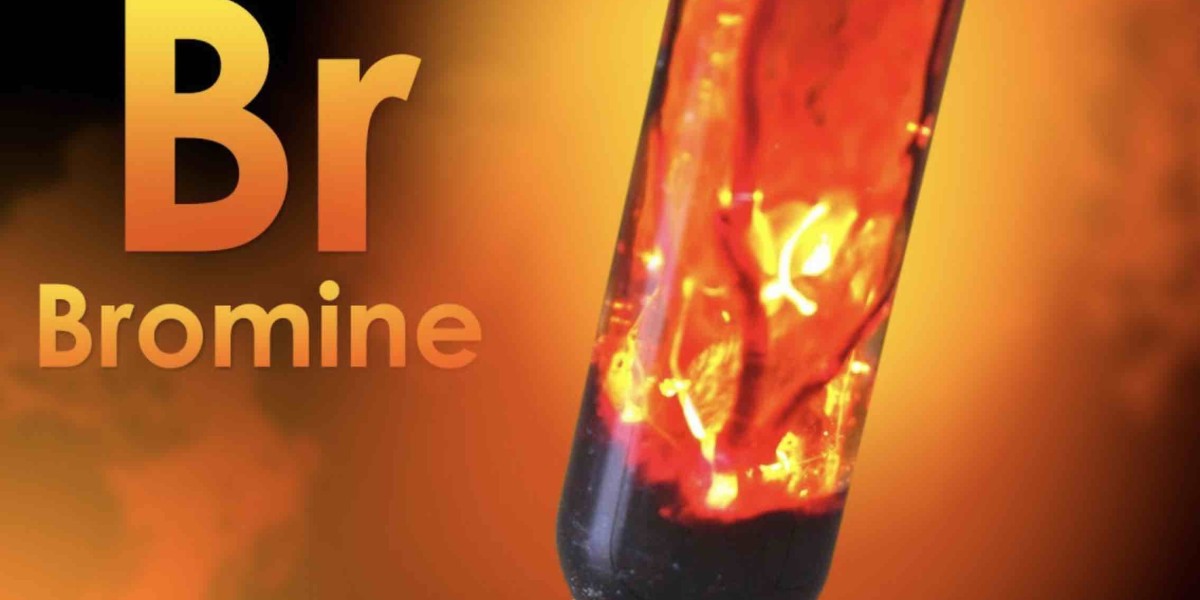In the ever-evolving landscape of business, forecasting demand trends is akin to navigating through turbulent waters. With consumer preferences, market dynamics, and external factors constantly shifting, businesses face the challenge of predicting future demand with accuracy and confidence. Erratic patterns and unforeseen disruptions further complicate the forecasting process, making it imperative for businesses to adopt robust strategies and methodologies to stay ahead of the curve. In this blog, we delve into the art and science of forecasting demand methods, exploring techniques, best practices, and tools to navigate erratic patterns with confidence.
Understanding Demand Trend Forecasting
Demand trend forecasting involves predicting future demand for products or services based on historical data, market analysis, and predictive modeling techniques. It aims to anticipate changes in consumer behavior, market conditions, and competitive dynamics to inform strategic decision-making, resource allocation, and inventory management. By identifying patterns, trends, and underlying drivers of demand, businesses can anticipate shifts in market demand, optimize production schedules, and capitalize on growth opportunities.
Challenges of Forecasting Erratic Patterns
Forecasting demand trends is inherently challenging, particularly in industries characterized by volatile consumer preferences, seasonal variations, and unpredictable market dynamics. Several factors contribute to the complexity of forecasting erratic patterns:
1. Seasonal Variations
Seasonal fluctuations in demand, driven by holidays, weather patterns, or cultural events, pose challenges for accurate forecasting. Predicting demand spikes or lulls associated with specific seasons or occasions requires careful analysis of historical data and seasonal trends.
2. External Factors
External factors, such as economic conditions, regulatory changes, or natural disasters, can significantly impact demand patterns. Uncertainties related to geopolitical events, trade policies, or public health crises further complicate forecasting efforts, requiring businesses to adapt quickly to changing circumstances.
3. Consumer Behavior
Changing consumer preferences, purchasing habits, and lifestyle trends introduce variability into demand forecasts. Rapid shifts in consumer preferences driven by factors like technological advancements, social media influences, or cultural shifts pose challenges for predicting future demand trajectories.
4. Supply Chain Disruptions
Disruptions in the supply chain, such as supplier delays, transportation bottlenecks, or production constraints, can disrupt demand forecasts. Unforeseen disruptions, such as pandemics or natural disasters, highlight the importance of building resilience and flexibility in supply chain operations.
5. Competitive Dynamics
Competitive pressures and market dynamics can impact demand trends, as businesses vie for market share and consumer attention. Changes in pricing strategies, promotional activities, or product innovations by competitors can influence consumer choices and demand patterns.
Strategies for Navigating Erratic Patterns
While forecasting demand trends amidst erratic patterns presents challenges, businesses can adopt strategies and methodologies to enhance accuracy and confidence in their forecasts. Let's explore some effective strategies:
1. Embrace Data Analytics and Predictive Modeling
Leverage data analytics and predictive modeling techniques to analyze historical data, identify patterns, and develop forecasting models. Employ statistical methods, machine learning algorithms, and time series analysis to extract insights from data and predict future demand trends with precision.
2. Incorporate Leading Indicators and Early Warning Signals
Integrate leading indicators and early warning signals into demand forecasting models to anticipate changes in demand before they occur. Monitor key metrics, such as website traffic, social media mentions, or customer inquiries, to identify emerging trends and adjust forecasts accordingly.
3. Collaborate Across Functions and Stakeholders
Foster collaboration across departments and stakeholders, including sales, marketing, supply chain, and finance, to gather diverse perspectives and insights. Engage frontline employees, customer service representatives, and supply chain partners to capture valuable insights and incorporate them into demand forecasts.
4. Implement Scenario Planning and Sensitivity Analysis
Conduct scenario planning and sensitivity analysis to assess the impact of different scenarios on demand forecasts. Evaluate best-case, worst-case, and most likely scenarios, considering various factors such as economic conditions, competitive dynamics, and supply chain disruptions.
5. Monitor and Adapt in Real-Time
Monitor demand trends in real-time and adjust forecasts dynamically based on new information and changing conditions. Implement agile forecasting processes and review mechanisms to detect deviations from forecasted trends and recalibrate forecasts accordingly.
Tools and Technologies for Demand Forecasting
In addition to strategies, businesses can leverage advanced tools and technologies to enhance their demand forecasting capabilities. Here are some popular tools:
1. Demand Planning Software
Demand planning software automates the forecasting process, allowing businesses to analyze historical data, generate forecasts, and collaborate across teams. These tools often incorporate advanced analytics, machine learning algorithms, and scenario planning capabilities to improve accuracy and efficiency.
2. Predictive Analytics Platforms
Predictive analytics platforms enable businesses to leverage advanced statistical techniques and machine learning algorithms to predict future demand trends. These platforms provide powerful data visualization, modeling, and simulation capabilities to support decision-making and strategic planning.
3. Business Intelligence (BI) Dashboards
BI dashboards provide real-time visibility into demand trends, performance metrics, and KPIs, enabling businesses to monitor key indicators and make data-driven decisions. These dashboards often offer customizable reports, interactive visualizations, and drill-down capabilities to explore data insights.
4. Supply Chain Optimization Software
Supply chain optimization software integrates demand forecasting with inventory management, production planning, and logistics optimization. These tools enable businesses to align supply chain operations with demand forecasts, minimize costs, and maximize efficiency across the supply chain network.
5. Advanced Analytics and Machine Learning Libraries
Advanced analytics and machine learning libraries, such as Python's scikit-learn, TensorFlow, or R's forecast package, provide libraries of algorithms and models for demand forecasting. These libraries offer flexibility, scalability, and customization options to develop tailored forecasting solutions for specific business needs.
Navigating erratic patterns in demand forecasting requires a combination of advanced analytics, strategic planning, and collaboration across functions. By embracing data-driven approaches, leveraging leading indicators, and adopting advanced tools and technologies, businesses can navigate uncertainties with confidence and make informed decisions to drive business success.
Case Studies and Success Stories
1. Zara: Agile Supply Chain Management
Zara, the Spanish fast-fashion retailer, is renowned for its agile supply chain management practices, enabling it to respond quickly to shifting consumer preferences and erratic demand patterns. By leveraging real-time sales data, customer feedback, and trend analysis, Zara can adjust production schedules, replenish inventory, and introduce new designs rapidly. This flexibility allows Zara to capitalize on emerging trends, minimize excess inventory, and maintain a competitive edge in the fast-paced fashion industry.
2. Netflix: Data-Driven Content Strategy
Netflix, the streaming giant, relies on data-driven insights to inform its content strategy and anticipate changing viewer preferences. By analyzing viewing patterns, user ratings, and engagement metrics, Netflix can identify trends, genres, and content formats that resonate with its audience. This data-driven approach enables Netflix to produce original content, acquire licensing rights, and personalize recommendations, ensuring a diverse and engaging content library that attracts and retains subscribers amidst evolving viewing habits.
3. Walmart: Responsive Inventory Management
Walmart, the retail powerhouse, employs responsive inventory management practices to navigate erratic demand patterns and seasonal fluctuations. By leveraging advanced analytics, demand forecasting models, and supply chain optimization tools, Walmart can adjust inventory levels, reorder quantities, and optimize store replenishment in real time. This agility allows Walmart to minimize stockouts, reduce excess inventory, and meet customer demand effectively across its vast network of stores.
4. Airbnb: Dynamic Pricing Strategies
Airbnb, the online marketplace for lodging and accommodations, utilizes dynamic pricing strategies to adjust prices in response to changing demand patterns and market conditions. By analyzing booking trends, occupancy rates, and competitor pricing, Airbnb can optimize listing prices, offer discounts during off-peak periods, and maximize revenue potential. This dynamic pricing approach enables Airbnb hosts to capture demand fluctuations, optimize occupancy rates, and increase profitability in a competitive marketplace.
5. Coca-Cola: Seasonal Marketing Campaigns
Coca-Cola, the beverage giant, executes seasonal marketing campaigns to capitalize on consumer preferences and cultural events throughout the year. By aligning marketing initiatives with seasonal trends, holidays, and special occasions, Coca-Cola can stimulate demand, drive sales, and reinforce brand loyalty. Whether it's holiday-themed packaging, summer promotions, or limited-edition flavors, Coca-Cola's seasonal marketing campaigns resonate with consumers and drive excitement around its products, leading to increased sales and market share.
Key Takeaways and Insights
These case studies and success stories highlight the importance of agility, data-driven decision-making, and strategic planning in navigating erratic demand patterns. By embracing advanced analytics, leveraging real-time data, and adopting flexible strategies, businesses can anticipate changes in consumer behavior, market dynamics, and competitive pressures, enabling them to stay ahead of the curve and capitalize on opportunities for growth and innovation.
Predict your sales volume and demand trends with our Artificial Intelligence-based SaaS platform visit: https://thousense.ai/








